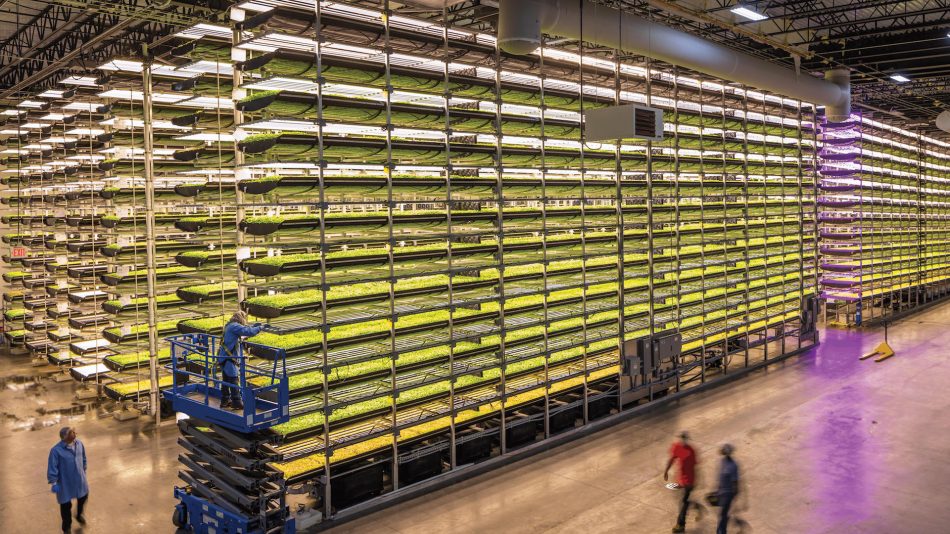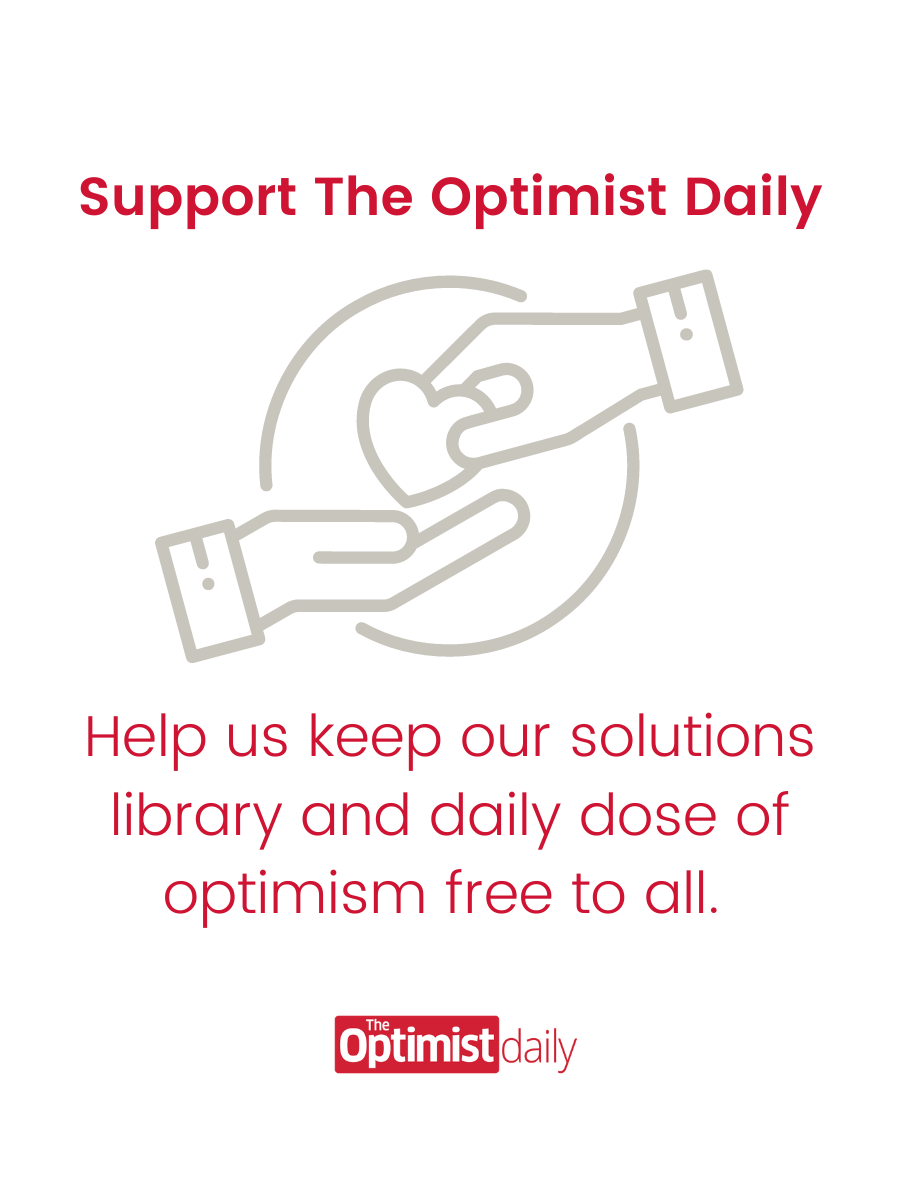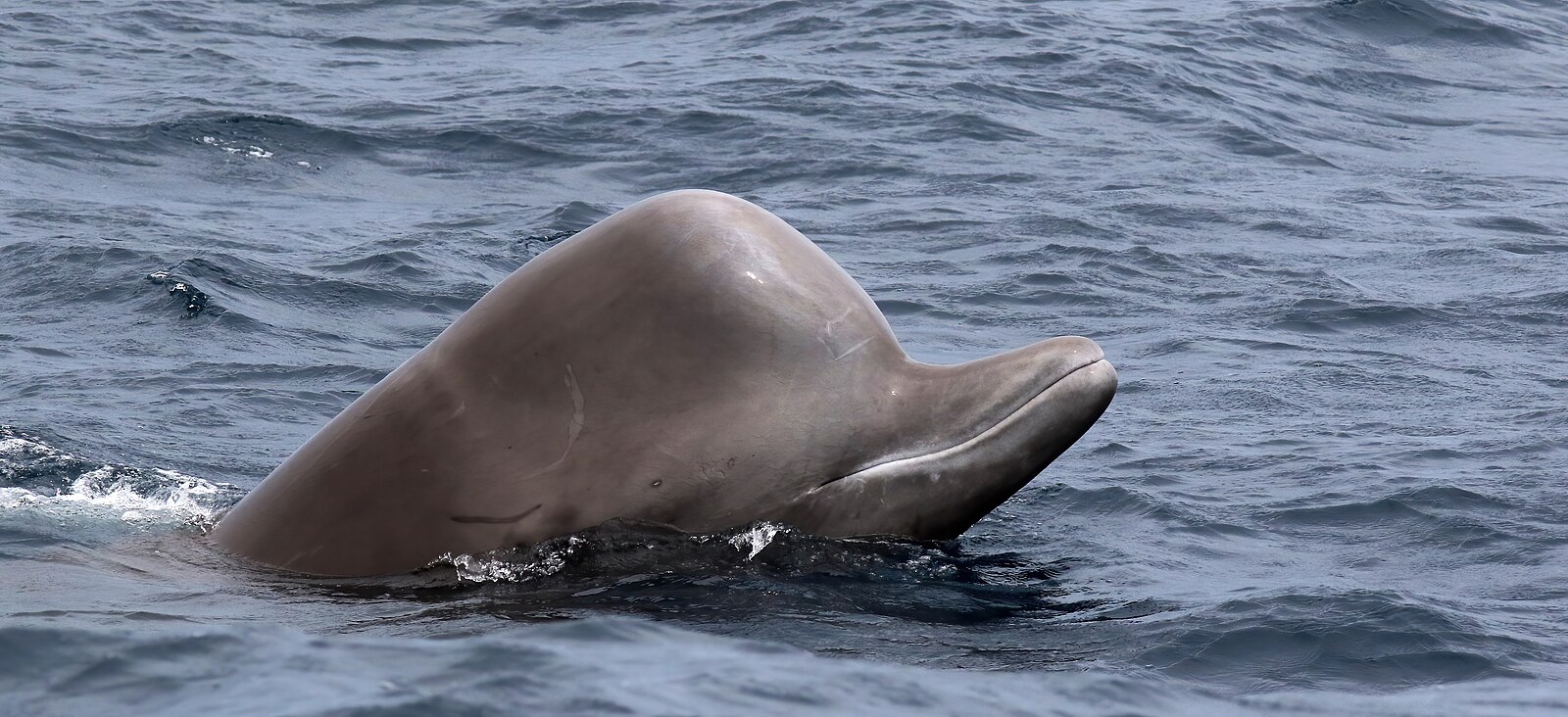Out of the fraction of habitable land that exists in our world about 50 percent of it is used for farming. Not only is this stretch of land massive, but agriculture also uses 70 percent of our freshwater supply. Considering how resource intensive classic agriculture is to our society, one might ask if there exists a more efficient way to be both space and water.
One take to this optimization problem looks at completely morphing agriculture as we know it. In the same way, our human civilizations grew vertically with buildings to accommodate ever-growing populations, it seems that the farm of the future might be heading in the same direction with vertical farming. The fact is that vertical farming has quite some compelling arguments that could open new innovations.
It’s clear that it is way more productive per square meter than the conventional farm. This is because, within the same square meter, vertical farms are able to have numerous stacks of crops growing in conveyor belts. As a farmer, having crops grow in an artificial setting allows for far more control of the growth process. With the help of computers, scientists are able to gauge water, light, and mineral requirements of each plant with almost infinite precision, as well as to measure individual growth cycles.
The best selling point of vertical farming? It uses about 90% less water than the regular method of farming through hydroponics – a method of growing plants without soil by using mineral nutrient solutions solvent in water.
One of the counter arguments vertical farming has is that it is more energy intensive since it requires artificial lights to maintain plant growth. Cost wise this energy used can be offset since vertical farms usually have higher yields than other methods of farming. Not to mention renewable energy can slash emissions associated with lighting.
If vertical farming succeeds, the future of our food may be within huge buildings filled with crops. If such is the case, one can also imagine a future where forests and jungles retake stretches of land that were previously used for the regular method of farming.











